Brachioradialis Muscle
Table of Contents
Description
The brachioradialis muscle is a muscle located in the forearm that acts as a flexor of the elbow joint. It is named for its origin at the brachium, or arm, and its insertion at the radius bone of the forearm.
The brachioradialis muscle is a relatively small muscle compared to other muscles in the arm, but it plays an important role in forearm and elbow movements. It is involved in activities such as lifting, gripping, and pulling, and it is particularly active during movements that require the arm to be in a semi-pronated position.
The brachioradialis muscle is innervated by the radial nerve and is supplied with blood by the radial artery. It is also one of the few muscles in the forearm that crosses the elbow joint, which allows it to assist in the flexion of the elbow joint when other muscles are fatigued or unable to perform the movement.
Structure
- The brachioradialis muscle is a relatively short muscle located in the forearm, originating from the lower part of the humerus bone, specifically from the lateral supracondylar ridge of the humerus, and from the lateral epicondyle of the humerus.
- The muscle belly of the brachioradialis tapers towards its distal end, where it inserts into the styloid process of the radius bone of the forearm.
- The muscle runs along the lateral side of the forearm, crossing over the elbow joint and attaching to the radius bone just above the wrist joint.
- The brachioradialis muscle is a fusiform muscle, meaning it has a spindle-like shape with a narrow middle section and wider ends.
- It is relatively superficial, meaning it lies close to the surface of the skin and is easily palpable.
- The muscle is composed of both fast-twitch and slow-twitch muscle fibers, giving it a balance of strength and endurance capabilities.
- It is innervated by the radial nerve, which provides both motor and sensory functions to the muscle.
Overall, the structure of the brachioradialis muscle allows it to assist in the flexion of the elbow joint and pronation of the forearm, as well as in maintaining the stability of the wrist during certain movements.
Origin and insertion of the brachioradialis muscle
The brachioradialis muscle originates from two points on the humerus bone in the upper arm:
A lateral supracondylar ridge of the humerus:
This is a bony ridge located on the lateral (outer) side of the humerus bone, just above the elbow joint.
Lateral epicondyle of the humerus:
This is a bony bump located on the lateral side of the humerus bone, just above the elbow joint.
From its origin points, the brachioradialis muscle runs down the forearm and inserts into the styloid process of the radius bone, which is a bony projection located on the lateral side of the wrist joint.
Nerve supply
- The brachioradialis muscle is innervated by the radial nerve, which is a nerve that arises from the brachial plexus in the upper arm and runs down the forearm.
- The radial nerve provides both motor and sensory function to the brachioradialis muscle.
- The radial nerve enters the posterior compartment of the arm and runs down the lateral side of the forearm, where it gives off a branch to the brachioradialis muscle.
- This branch of the radial nerve provides the necessary motor innervation to the brachioradialis muscle, allowing it to contract and generate movement at the elbow joint.
- In addition to motor innervation, the radial nerve also provides sensory innervation to the skin on the lateral side of the forearm and hand, as well as to some of the muscles in the forearm.
- This means that damage or injury to the radial nerve can lead to weakness or loss of function in the brachioradialis muscle, as well as numbness or tingling in the skin of the forearm and hand.
Artery
A radial recurrent artery at the point of the radial artery.
The function of Brachioradialis Muscle
- In addition to elbow flexion, the brachioradialis muscle also helps to stabilize the wrist joint during certain movements, such as lifting or pulling objects.
- It is particularly active during movements that require the arm to be in a semi-pronated position, meaning the palm of the hand is facing downwards at an angle.
- The brachioradialis muscle can also assist in pronation of the forearm, which involves rotating the forearm so that the palm faces downwards.
- Because it crosses the elbow joint and attaches to the radius bone in the forearm, the brachioradialis muscle can also act as a secondary flexor of the wrist joint.
- This means that it can assist in bending the wrist downwards, or in the direction of the palm.
Overall, the function of the brachioradialis muscle is to generate movement and provide stability during a variety of arm and forearm movements, including lifting, gripping, pulling, and rotating the forearm.
Associated conditions
Several conditions can cause pain or limited function of the brachioradialis. These can involve :
Brachioradialis strain:
- A rapid force to the forearm or wrist may overload the brachioradialis, causing to mild or severe tearing of the muscle.
- When this occurs, pain and swelling can be felt in the forearm, and it can hurt to move the arm normally.
Brachioradialis tendinitis:
- If a person repetitively stresses the brachioradialis muscle, as can happen in activities such as tennis or hammering, a person can suffer from tendonitis.
- This can cause pain and swelling near the forearm.
Forearm weakness from cervical radiculopathy:
- A pinched nerve in the neck can cause forearm pain and weakness.
- This can affect the brachioradialis muscle and can make moving the arm and wrist difficult.
Avulsion fracture of the brachioradialis tendon:
- A high-velocity force on the forearm can cause the brachioradialis tendon to break away from the radius bone, leading to a tear in the tendon.
- When the torn tendon also dispatches a piece of bone, it is then known as an avulsion fracture.
- This fracture may cause pain, swelling, and bruising of the forearm.
- Nerve damage may also result, leading to numbness and tingling in the arm and hand.
- If the person suspects the person has any condition with the brachioradialis muscle, a person must check in with the doctor.
- They can give a person a perfect diagnosis of the condition and may help a person in rehabbing the brachioradialis.
Rehabilitation
An injury to the brachioradialis can benefit from proper rehab to help get it moving further.
Initial rehab can involve using the R.I.C.E. method these are the primary methods: Rest, ice, compression, and elevation.
This helps to control the initial inflammatory response and may elevate pain and swelling. Once things have settled down, a person may start rehabbing the brachioradialis. Too many different treatments are available.
Heat and Ice
- Icepack should be used on the hand and brachioradialis to help to decrease localized swelling, pain, and inflammation.
- Ice should be applied for 5 to 10 minutes.
- After a few days, when the injury has healed, heat may be given to promote blood flow and improve tissue mobility.
- Heat can be applied for ten to fifteen minutes several times every day.
- Care should be taken to eschew burns from heat or frost burns from ice.
Massage
- There are too many trigger points in the brachioradialis muscle, and a person can benefit from massage to the area.
- Massage helps to reduce pain, increase blood flow, and increase tissue mobility.
Kinesiology Tape
- The physical therapist can suggest kinesiology taping for the brachioradialis muscle.
- The tape may be used to reduce pain, increase muscle function, or reduce spasms of the muscle after injury.
- Research about kinesiology taping is restricted, as it is a newer treatment in rehab circles.
Brchioiradialis muscle exercise
Neck Stretches
- If a pinched nerve is causing the forearm pain, neck stretches and postural correction may be suggested.
- Stretches of the neck can help take pressure off spinal nerves, and postural correction can help prevent future problems with the neck and forearm.
Corner Stretch
A basic exercise that is necessary for stretching the chest and shoulder muscles is the corner stretch. It is done in the corner of a room.
This stretch is performed as follows:

- Start with standing stimulated 2 feet back from the corner, facing into the corner.
- Feet should be closer
- Forearms are put on separately, and elbows are a little below shoulder height.
- Bend forward as distant as possible without pain.
- Persons will experience a stretch in the front of the shoulders and chest.
- Hold the stretch for about 20 seconds to a minute.
Levator Scapulae Stretch
The levator scapulae stretch may be done during sitting or standing as follows:
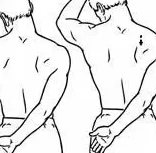
- Lengthen the muscle by taking the elbow above the shoulder at the side to stretch.
- In this position, first, put the elbow at rest the elbow against a door jamb.
- This action rotates the outer part of the shoulder blade up and the inside of it down, which lengthens the levator scapulae muscle.
- After that, turn the head far from the side that is stretching and take the chin down, stretching the back side of the neck.
- Hold this for about 20 seconds to a minute.
Upper trapezius stretch
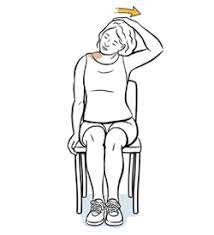
- Start with sitting up tall with good posture keeping up shoulders down.
- Grasp the bottom of the seat using one hand.
- Slightly turn the ear to the shoulder until a comfortable stretch is felt on the other side of the neck.
- Hold that position for 30 seconds.
- Repeat to every side three times.
Brachioradialis Strengthening
Strengthening the brachioradialis may help increase its ability to manage weights that an individual can encounter. Too many exercises may be performed to strengthen the brachioradialis muscle. These involve:
Hammer curls:
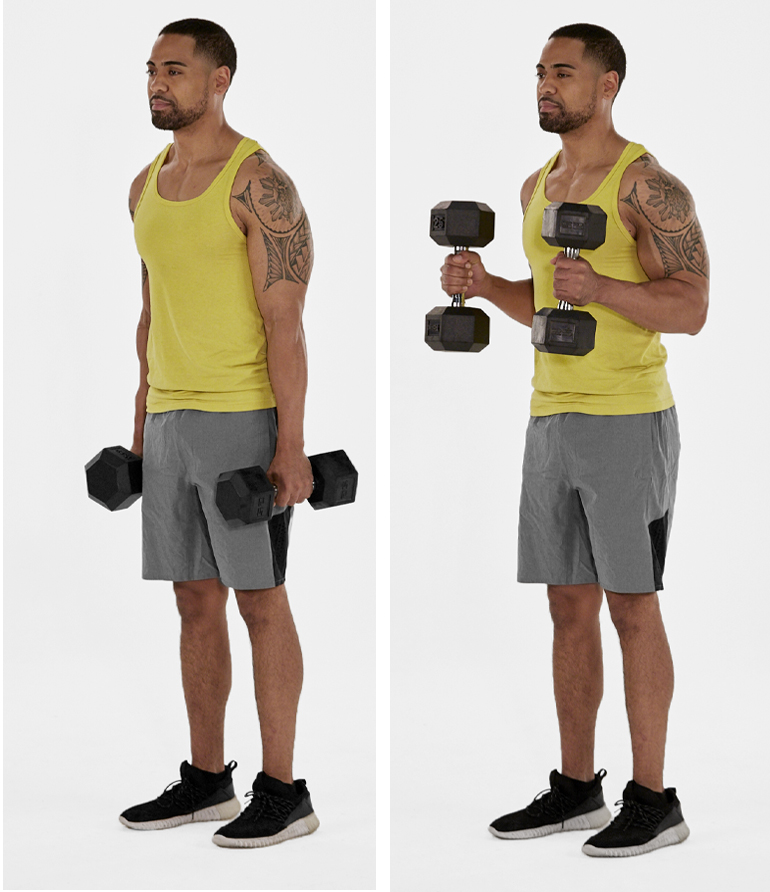
- Hold a dumbbell in your hand with the arm at the side.
- Keep up the hand and wrist in a neutral position, and bend the elbow up as far as possible.
- The hand position should look like a person is holding a cup of water.
- Once the elbow is fully bent, gently lower the weight.
- Repeat this exercise 10 times.
Forearm pronation:
- Hold a tiny dumbbell in the hand, and rest the forearm on a table with the palm up.
- Gently turn the palm over until it is facing down.
- Hold this position for a few seconds, and then back to the initial position.
- Repeat 5 to 10 times.
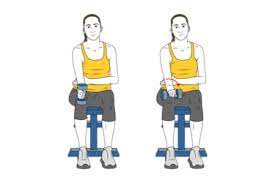
Forearm supination:
- Hold a tiny dumbbell in your hand, and rest the forearm on a table with the palm facing down.
- Turn the palm over until it is facing up.
- Hold this position for a few seconds, and then back to the initial position.
- Repeat 5 to 10 times.
- If any movement for the brachioradialis causes pain, stop immediately and check in with the physical therapist.
- Most injuries to the brachioradialis heal within 6 to 8 weeks.
- The recovery can be a bit longer or shorter based on the nature of the injury.
- Make sure to work with the doctor to understand the specific course of rehab.
- The brachioradialis is a strong muscle of the forearm that helps to bend the elbow.
- An injury here can cause pain, swelling, and restricted use of the arm.
- Understanding the anatomy of the brachioradialis may help the person fully recover after an injury.
- Be sure that a person performs the movement gently with controlled repetition timing.
- Do not lock out the elbows at the bottom of the reverse curl, as this may cause a torn bicep and takes tension off the muscle.
- Try to use a lower to moderate weight.
Cable Reverse Curl
Reverse cable curl is an exercise machine exercise that primarily quarries the brachioradialis. There are, however, many reverse cable curl modifications that a person may try out that may require different types of reverse cable curl equipment. Must add this cable bicep exercise to the brachioradialis exercises arsenal.
How To perform Cable Reverse Curl
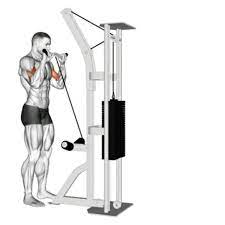
- Begin with standing up with the torso straight at the time of grasping a bar attachment that is attached to a low pulley utilizing a pronated (palms down) and shoulder-width grip
- Keeping up the elbows, bring the bar up to the chest by flexing the elbow.
- Contract the muscle and hold for some time.
- Gently lower the bar back down to the arms’ extended position.
- Repeat for 10 numbers of repetition.
Tips
- The body should remain fixed. Only the biceps should be utilized to move the weight.
- Stop at the top of the motion and squeeze the biceps.
- Ensure that the elbows are kept close to the sides with the knees slightly bent, and the hands gripped tightly to the bar
Cable Hammer Curl
The cable rope hammer curl exercise is a famous arm-focused exercise done with a cable or rope handle connected by a cable to a weight stack. It utilizes a neutral (palms facing one another) grip, which mainly focuses on the forearms and brachialis muscles in addition to the biceps.
How To perform Cable Hammer Curl

- Affix a cable attachment to a low pulley and stand facing the machine.
- Grab the rope with a neutral (palms-in) grip.
- Place the elbows in by the side and keep up them there stationary at the time of the entire movement.
- Pull the arms until the biceps touch the forearms.
- Hold for a second.
- Gently begin to bring the weight back to the original position.
- Repeat for the suggested number of repetitions.
Tips
- Stand straight up, keeping up the natural arch of the back and the torso straight.
- Remember to keep up the elbows in and the upper arms stationary.
- perform the exercise in a controlled way so that the momentum does not contribute to the movement.
Barbell Reverse Curl
The barbell reverse curl is a determinate component of a barbell arm workout. The pronated grip that a person is using will grab the brachioradialis muscles in order for a person to be able to move the weight at the time of exercise.
How to perform Barbell Reverse Curl
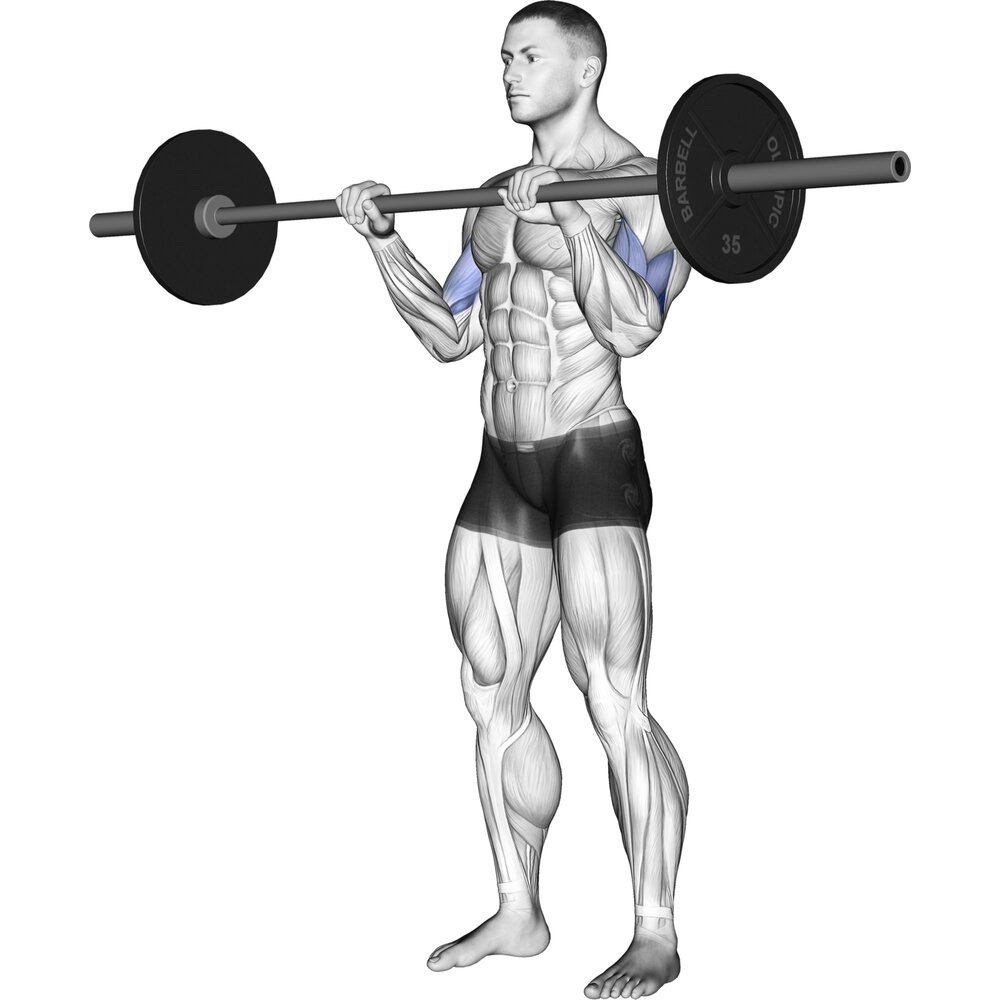
- Grasp the bar with a shoulder-width grip with the hands on top of the bar (pronated grip)
- Curl the bar up to shoulder level by bending the elbows.
- Put the bar back down to the arms’ extended position.
- Repeat for 10 reps.
Tips
- The body should remain fixed. Only the biceps muscle should be utilized to move the weight.
- The motion should happen at the elbow.
- Ensure that the elbows are kept close to the sides with the knees slightly bent, and the hands gripped tightly to the bar.
Zottman Curl
The Zottman curl uses different hand positioning at different portions of the lift. The 1st portion, the regular curl, focuses on bicep strength. A performer may perform Zottman curls with both arms at the same time, or alternate the arm a person lifts with.
How To perform Zottman Curl
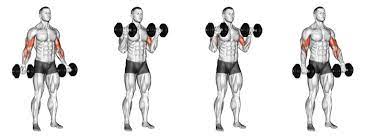
- Grab a pair of dumbbells to the sides.
- Keep up the palms facing up as a person curl the weights up to the shoulders.
- Stop at the top of the movement.
- Gently rotate the grip so the palms are facing downwards.
- Lower the dumbbells gently back to the starting position using an overhand grip.
- When the dumbbells are close to the thighs, again turn the hands while back to the starting position.
Tips
- Do this exercise in a gentle controlled manner for best results.
- Do not go heavy. Choose a low weight and focus on perfecting the form.
Dumbbell Reverse Curl
The Dumbbell Reverse curl is a modification of the standard bicep curl where the barbell is gripped palms up. It targets the brachioradialis and many other muscles in the forearms. The movement is the same, but the change in grip allows for specific arm muscles to be targeted.
How To perform Dumbbell Reverse Curl
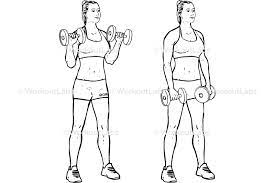
- Start with standing straight, keeping up the feet shoulder-width apart.
- Grasp a dumbbell in each hand using an overhand grip, and arms should be fully extended.
- Keeping up the upper arms fixed and the back straight, curl the weights up towards the shoulders and exhale as the person does so.
- Use only the forearms for this movement.
- Continue curling the dumbbells until they are at shoulder level and the biceps are fully contracted.
- Back to the initial position in a smooth arc, inhale as the person does so.
Tips
- Rotate the forearms gently, excessive velocity can cause issues within the elbows or wrists.
- Using a slow eccentric of the exercise may help to increase tension and mind-muscle connection.
- Be aware of proper weight and body mechanics at all times at the time of this exercise.
Dumbbell Reverse-Grip Concentration Curl
The reverse grip dumbbell concentration curl is one of the great brachioradialis exercises, focusing on squeezing the brachioradialis to flex the elbow at the top of every repetition. It is an isolation movement that targets the biceps brachii and brachioradialis muscles.
How To perform Dumbbell Reverse-Grip Concentration Curl

- Start with sitting on a bench with the legs apart, grasping a dumbbell in one hand.
- With the arm almost fully extended, rest the elbow against the inside of the left thigh.
- Pronate the wrist so that the palm faces backward.
- Inhale as a person gently lowers the dumbbell to the initial position.
- Repeat with the opposite arm.
Tips
- Do not lock out at the bottom of the exercise.
- Keep the back straight and the upper arm still.
Dumbbell Hammer Preacher Curl
The dumbbell hammer preacher curl is a perfect exercise that majorly covers the brachioradialis, brachialis, and bicep muscles. Using a hammer/neutral grip focus more on the brachioradialis and brachialis than the biceps. It is a perfect modification of the preacher’s curl.
How To perform Dumbbell Hammer Preacher Curl

- Adjust the preacher bench seat so that the arms are level with the top of the bench.
- Grasp a dumbbell in both hands with a neutral/hammer grip and rest the arm against the bench with the arm extended fully down.
- Slowly curl the dumbbells up with regard to the head, and keep the arms on the bench during the exercise, until the person gets to the top position.
- Hold for a count, squeeze, and isolate the biceps.
- Repeat the 10-number repetitions.
Tips
- Do this exercise in a slow, controlled manner for the best results.
- Do not lock out the elbows to prevent a bicep tear.
Dumbbell Reverse Preacher Curl
The reverse preacher curl is a modification of the standard preacher curl that mainly focuses on the brachialis muscle, which lies down deeper than the biceps brachii in the upper part of the arm. The brachialis and brachioradialis muscles assist the flexion of elbows, while the wrist flexors act as stabilizer muscles, undergoing contraction.
How To perform Dumbbell Reverse Preacher Curl

- Adjust the preacher bench seat so that the arms are level with the top of the bench.
- Grasp a dumbbell on both hands with a pronated (palms down) grip and rest the arm against the bench with the arm extended fully down.
- Slowly curl the dumbbells up towards the head, and keep the arms on the bench during the exercise until a person gets to the top position.
- Hold for a count, squeeze, and isolate the biceps.
- Repeat the 10 repetitions.
Tips
- Be sure that a person performs the movement gently with controlled repetition timing.
- Do not lock out the elbows at the end of the reverse curl, as this can cause a torn bicep and takes tension off the muscle.
- Try to utilize a lighter to moderate weight.
FAQ
Pain in the front of the elbow. Swelling in the front of the elbow. Difficulty extending the elbow (this can place stress over the injured brachialis tendon) Weakness when bending the elbow, specifically when the forearm is in the pronated position.
Simply put, the brachioradialis is best trained utilizing hammer curls and reverse curl variations. Moreover, using equipment like bands or cables can be more effective for developing the brachioradialis as this muscle contributes to elbow flexion more with increasing flexion angles.
The examiner assists the brachioradialis reflex by tapping the brachioradialis muscle tendon at its junction of insertion onto the styloid process of the radius. A normal reflex would generate flexion and supination of the forearm.

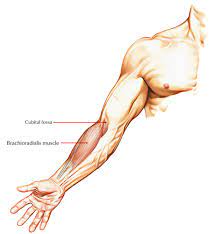
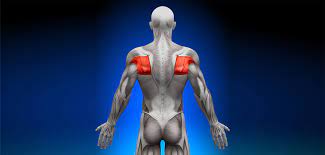
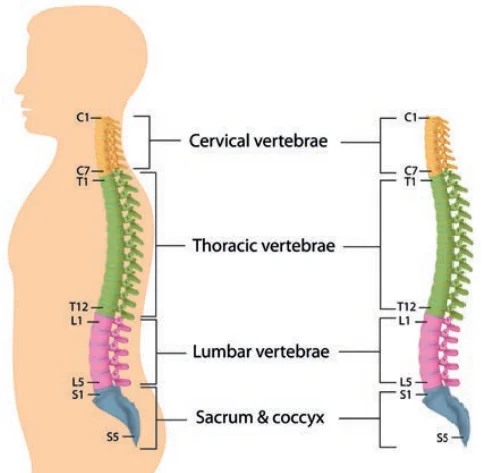

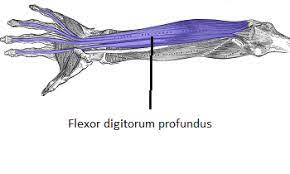

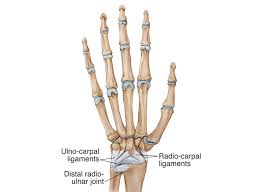
One Comment